YouTuber Yoko Ishii explains why Japan is one of the healthiest countries in the world
Japanese artist and YouTuber Yoko Ishii tells Fox News Digital about aspects of the Japanese lifestyle that contribute to lower obesity rates.
Researchers believe they've cracked the mystery of a mummified "rainbow dragon" that's been sitting in a Japanese treasure house for centuries.
The "dragon" has been stashed at the Shosoin Treasure House in the historic Japanese city of Nara, according to Pen News. The remains were reportedly found by Yoshinori Ashikaga, a 15th-century shogun, in 1429.
Legend states that Ashikaga cut a piece from the Ranjatai, a rare and valuable piece of agarwood, at the time of the skeleton's discovery. The shogun was visiting the Todai-ji temple in Nara at the time.
Shortly after, a monk at the temple claimed to have seen "something in the shape of a small dragon" that was dried by the sun. Ashikaga took the skeleton and preserved it.
But was the skeleton a dragon after all? Researchers say not quite.
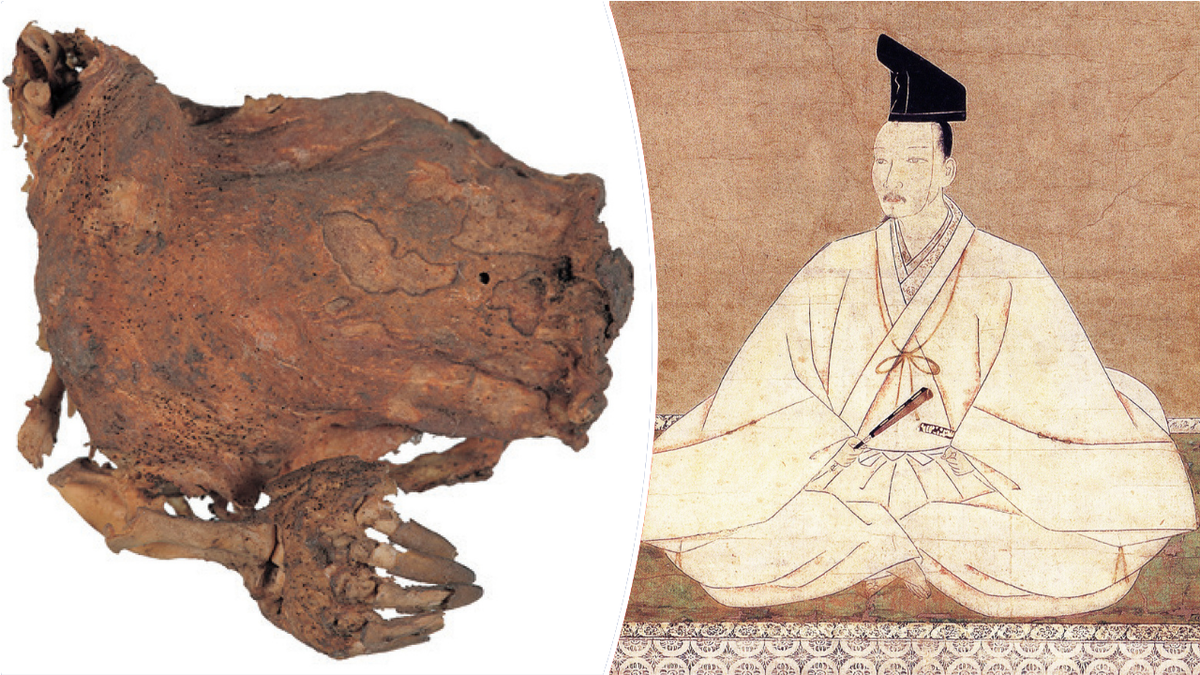
Legend states that the "dragon" was found by Yoshinori Ashikaga, a 15th-century shogun, in 1429. (Shosoin Treasure House via Pen News)
A recently published study said the "dragon" was actually a female Japanese marten.
The fluffy, weasel-like animal is native to central and southern Japan.
RESEARCHERS UNCOVER THE ODD REASON AN 'UNUSUAL' MUMMY SURVIVED THE CENTURIES
"The two premolars are clearly visible, and this characteristic indicates that it is a species of the Martes genus," the study states.
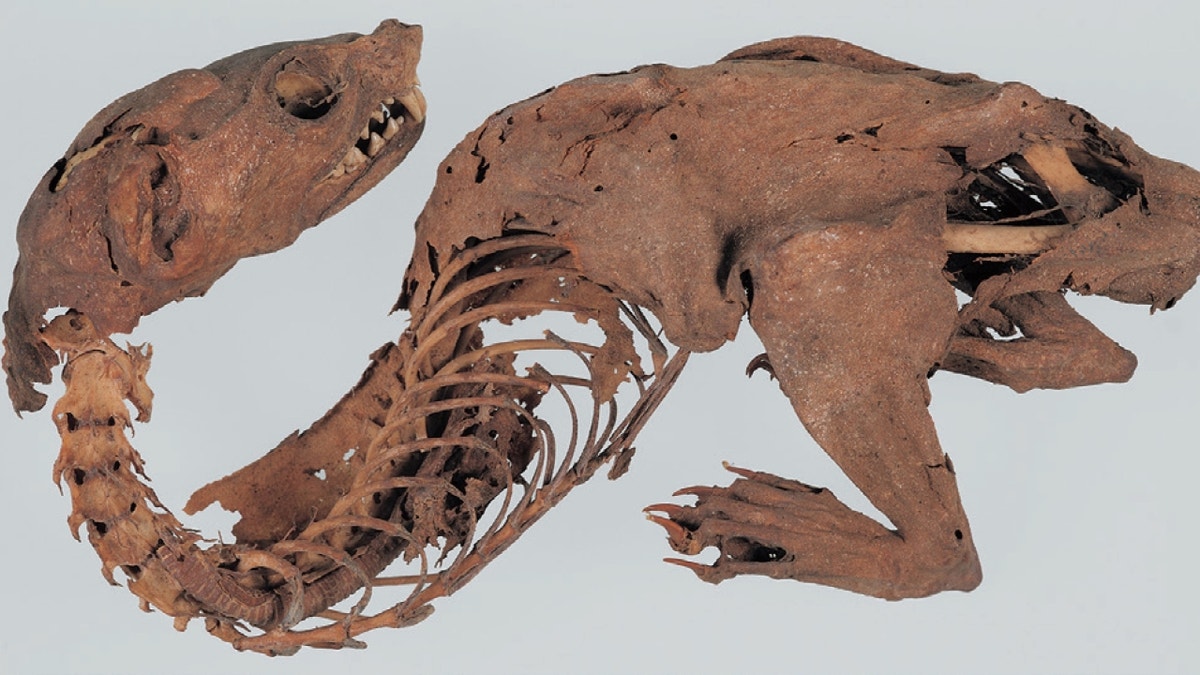
Researchers used modern technology, including x-ray analysis, to determine the skeleton's species. (Shosoin Treasure House via Pen News)
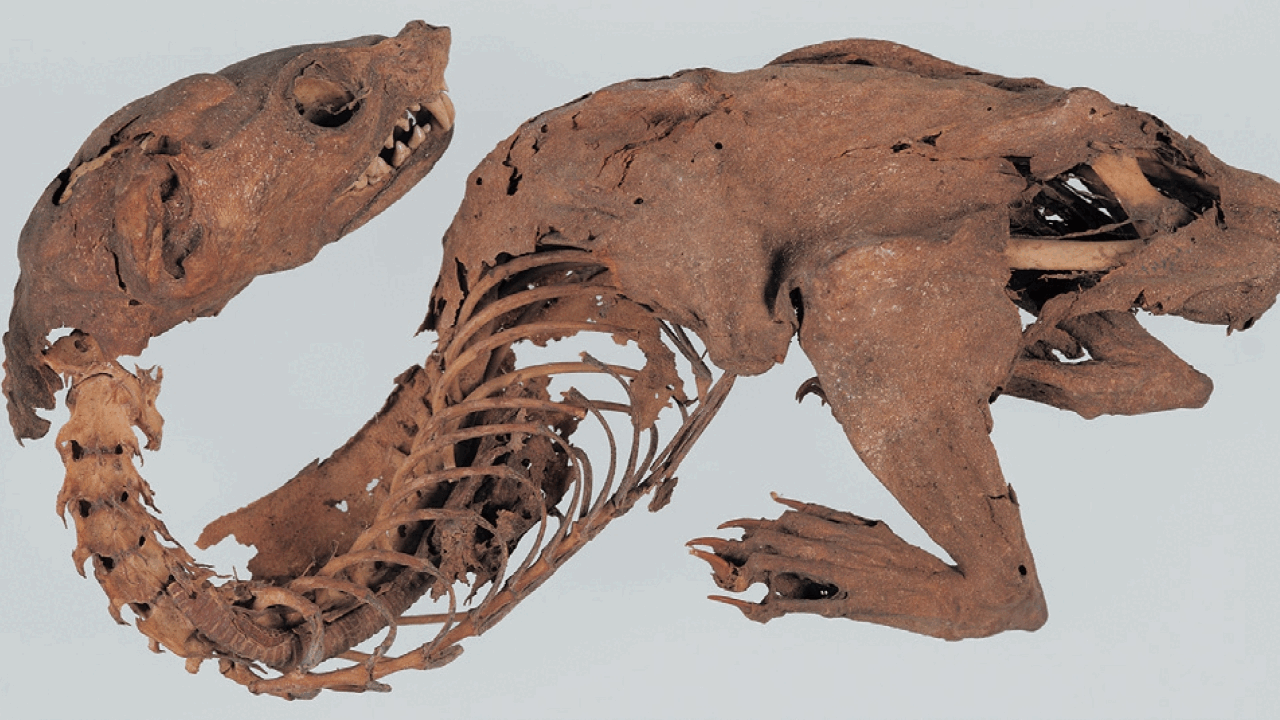
Researchers found the marten dated back to the 11th or 12th centuries. (Shosoin Treasure House via Pen News)
Using x-ray technology and radiocarbon dating, researchers found that the marten dated back to the 11th or 12th centuries.
For more Lifestyle articles, visit foxnews.com/lifestyle
The Todai-ji temple underwent heavy renovations at the time, according to Pen News. Experts believe the animal entered the building and was trapped before it died and was mummified.
Pictures show the marten missing its forelegs, making it resemble a dragon.
CLICK HERE TO GET THE FOX NEWS APP
Legend states that rain would descend upon the treasure house every time the skeleton's repository was opened – and during the study, researchers fought heavy downpours that made traveling from Tokyo to Nara difficult.
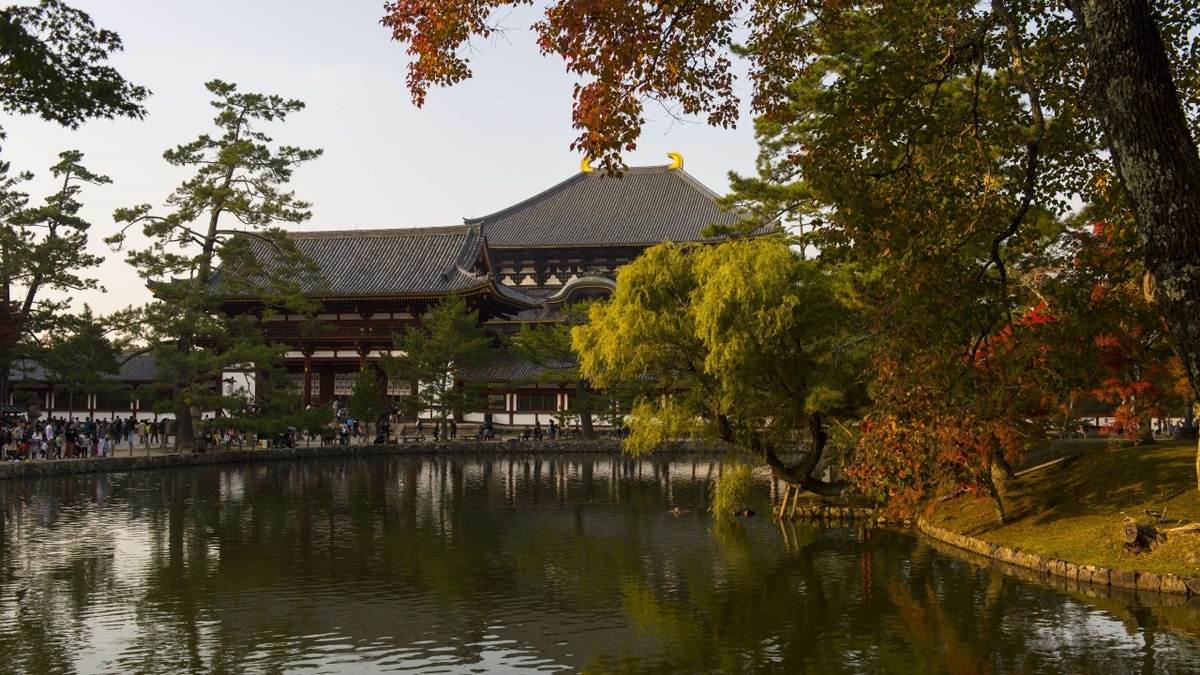
The skeleton was found at the Todai-ji temple in Nara in 1429. (Getty Images)
Mami Tsuru, a conservationist at the Shosoin Treasure House, told Pen News she's certain the skeleton is the same one recorded by the Todai-ji monk.
CLICK HERE TO SIGN UP FOR OUR LIFESTYLE NEWSLETTER
"The age determination has significantly increased the possibility that the mummy is the sun-dried dragon-looking object recorded in the document from the Muromachi Period," the expert said.
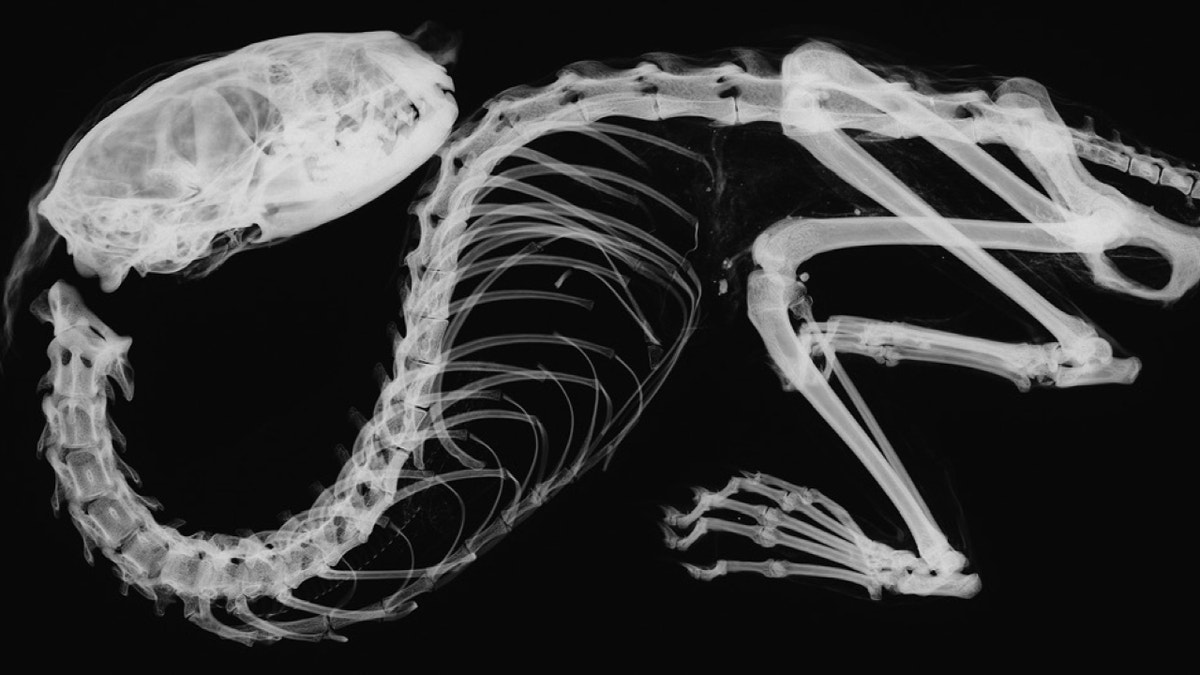
The mummified Japanese marten was mistaken for a dragon due to its missing forelegs. (Shosoin Treasure House via Pen News)
Tsuru added, "We believe this is a good example of how Shosoin has protected not only beautiful items, but also all the items inside the repository."






















